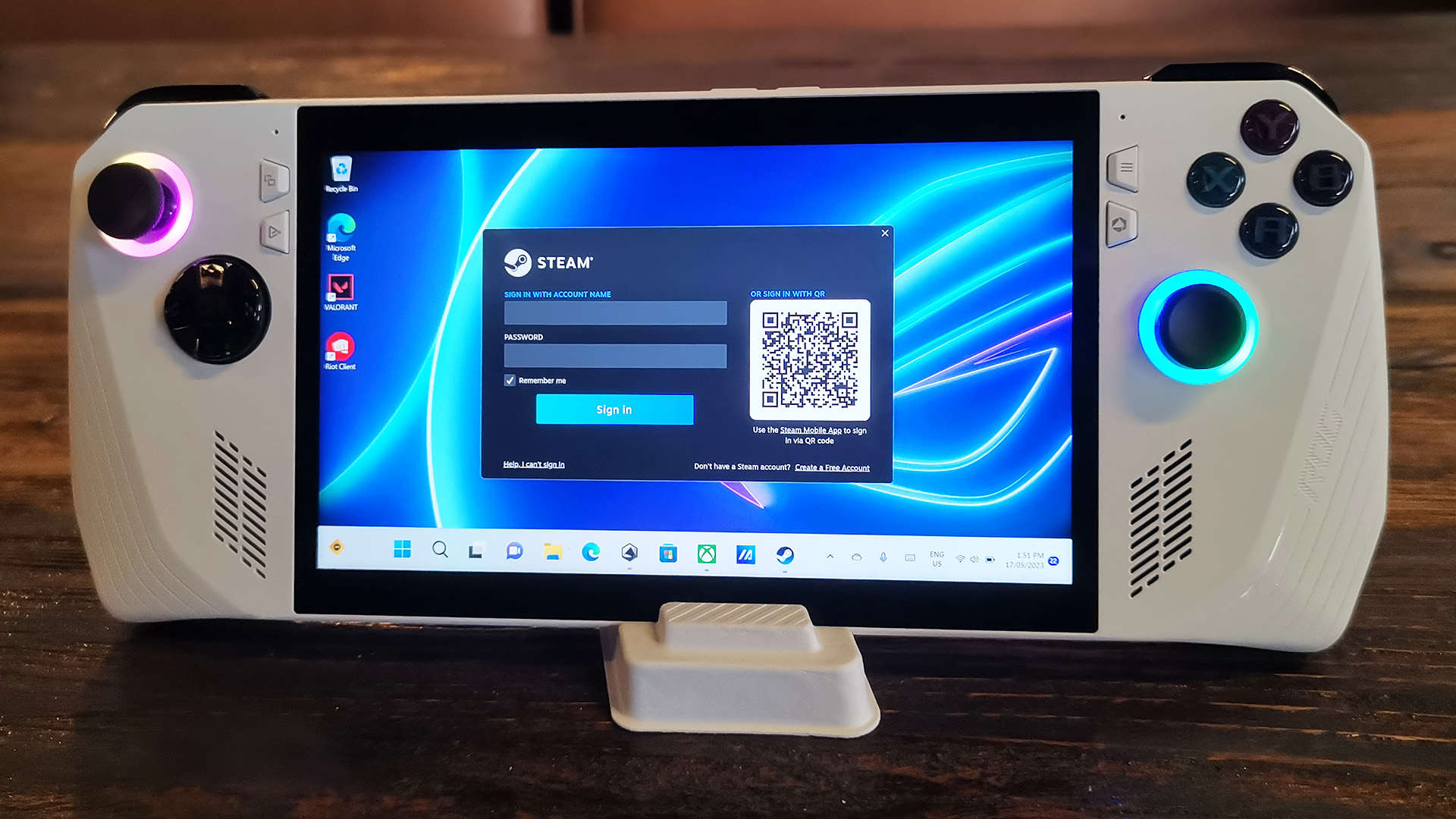Gamers get another way to play with the ASUS ROG Ally.
ASUS has entered the portable gaming console ring with its Windows 11-based, AMD-powered ROG Ally. I spent an afternoon trying out this new handheld gaming device.
When it comes to PC gaming, ASUS is at the top of the game. The company’s PC components and gaming laptops are about the best you will get. I find the ASUS TUF and Republic of Gamers (ROG) brands are synonymous with quality gaming PC components. ROG gaming laptops squeeze a tremendous amount of PC gaming power in impressively small devices.
But, with the ROG Ally, ASUS has gone one better.
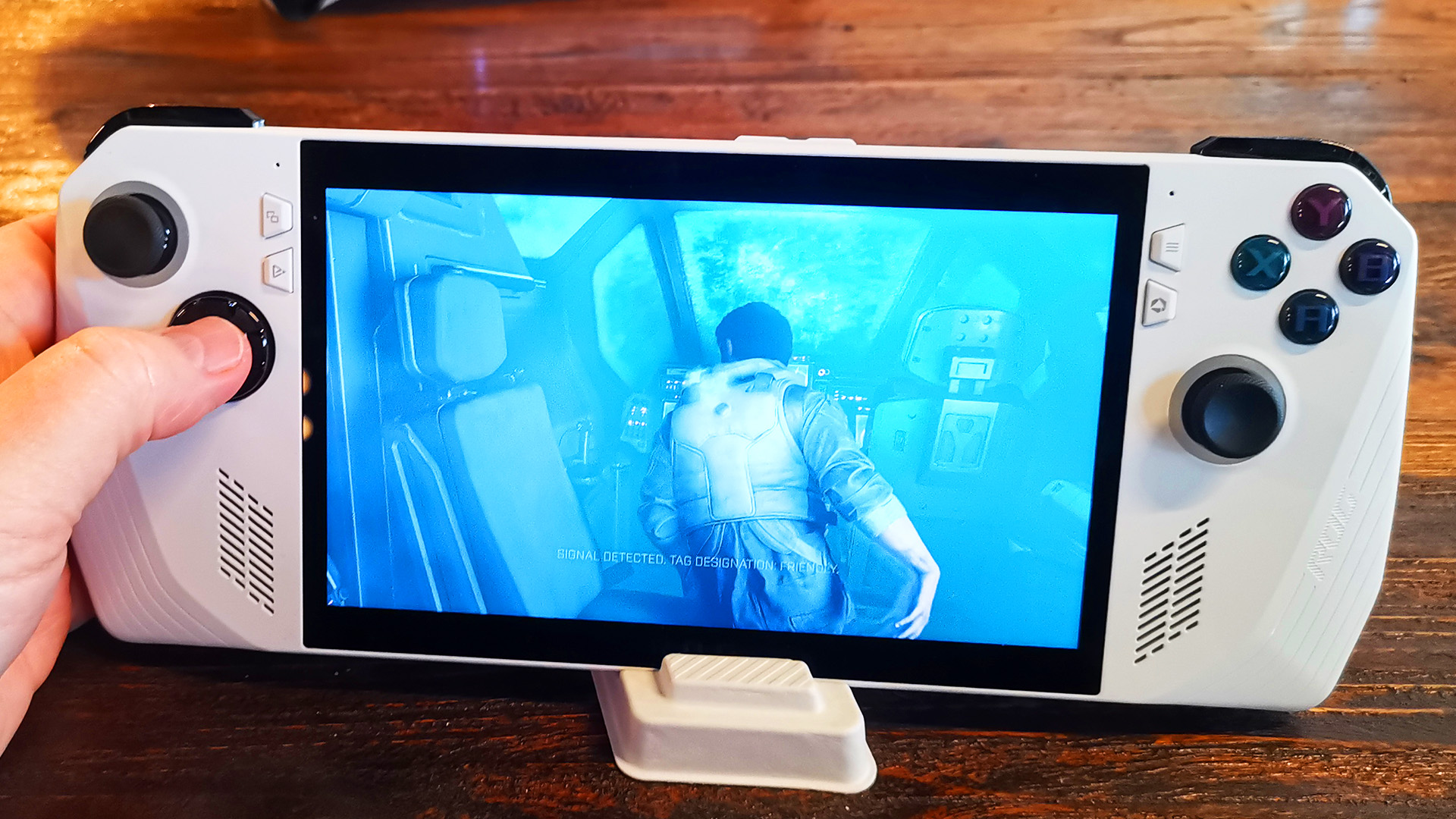
I was invited, along with a select gathering of local media, to check out the ROG Ally Windows 11 handheld gaming device in advance of its 13th June 2023 release in Australia and New Zealand. ASUS promises AAA PC gaming in the palm of your hand via a device five years in the making.
I did, however, have some reasons to be apprehensive on my way to the product demonstration. I don’t really get on with “gaming on the go”. In the past, though, I’ve had a lot of fun with the PSP and PS Vita, and I have a Nintendo Switch. But they’ve all felt a bit awkward in the hand, especially the Switch, which feels like you are holding a slab.
The performance of portable gaming devices always seems to be too much of a compromise for my liking. Apart from the odd play on it now and again, my Switch is reserved for plane trips and when I’m away from my gaming rig, PS5, or Xbox Series X. I had similar fears for the ROG Ally.
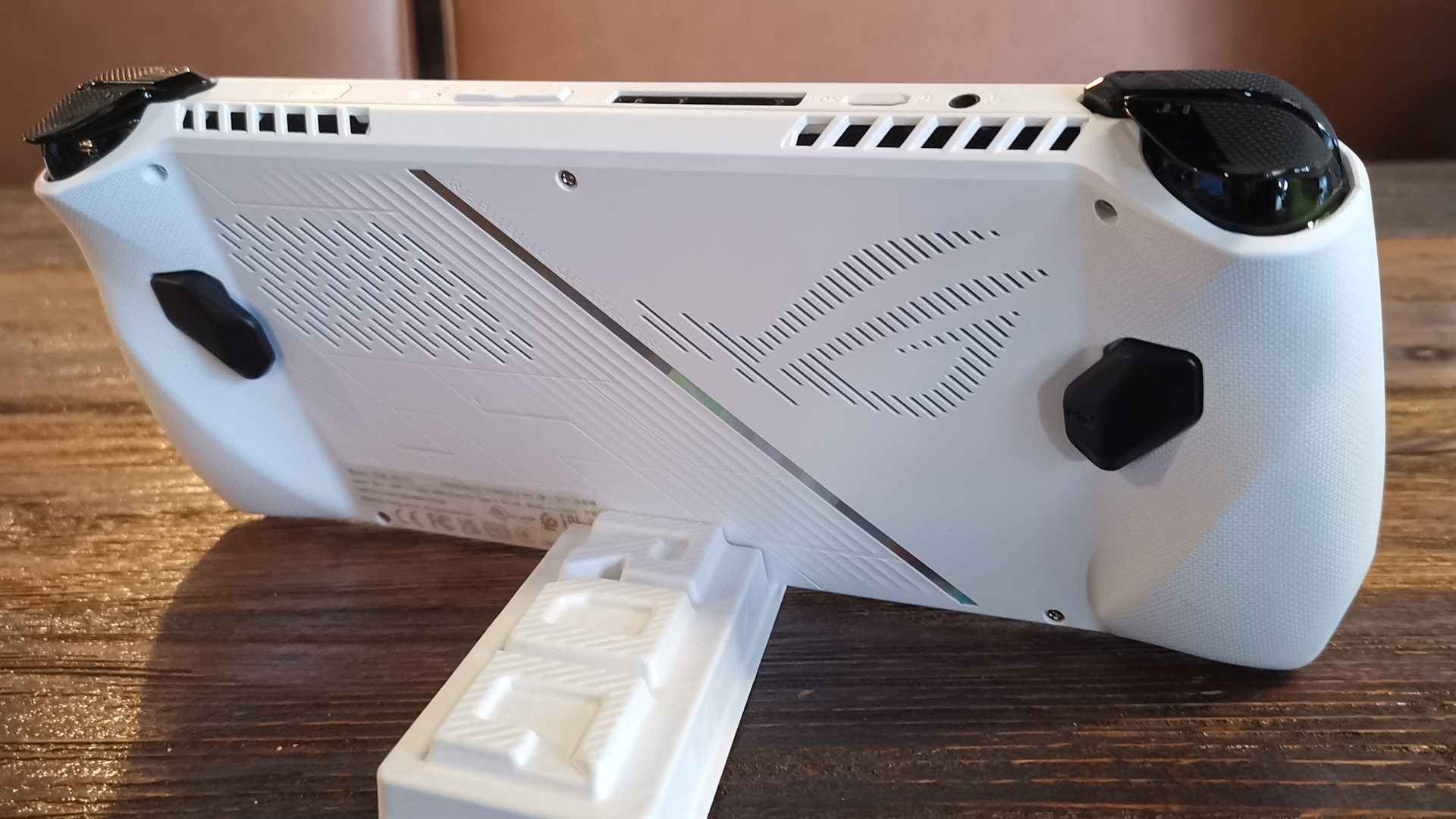
The ROG handheld is based on an AMD Ryzen Z1 processor.
This is both a Ryzen CPU and an AMD RDNA 3 architecture-based GPU. The Ryzen Z1 is available as both an 8-core / 16-thread “Extreme” version and a 6-core / 16-thread standard version. The ROG Ally launching in June will utilise the 8-ore / 12-thread AMD Ryzen Z1 Extreme processor, with a lower spec version of the handheld based on the standard Ryzen Z1 launching at a later date.
Complementing the Ryzen Z1 processor the ROG Ally has 16GB LPDDR5 dual-channel RAM and 512GB of user upgradable PCIe Gen 4 NVMe SSD storage.
The display is a full HD 120Hz IPS touch-screen with a 7ms response time and a brightness of 500 nits. Audio is provided by front-facing Dolby Atmos dual speakers. There’s also a UHS-II MicroSD slot, which is likely only useful for media files and data transfer. The top of the device also has a USB Type-C port adjacent to the propriety Asus port used with the USB port to plug in an Asus ROG XG Mobile graphics extender- boosting game performance with the help of a top-of-the-range Nvidia RTX GPU.
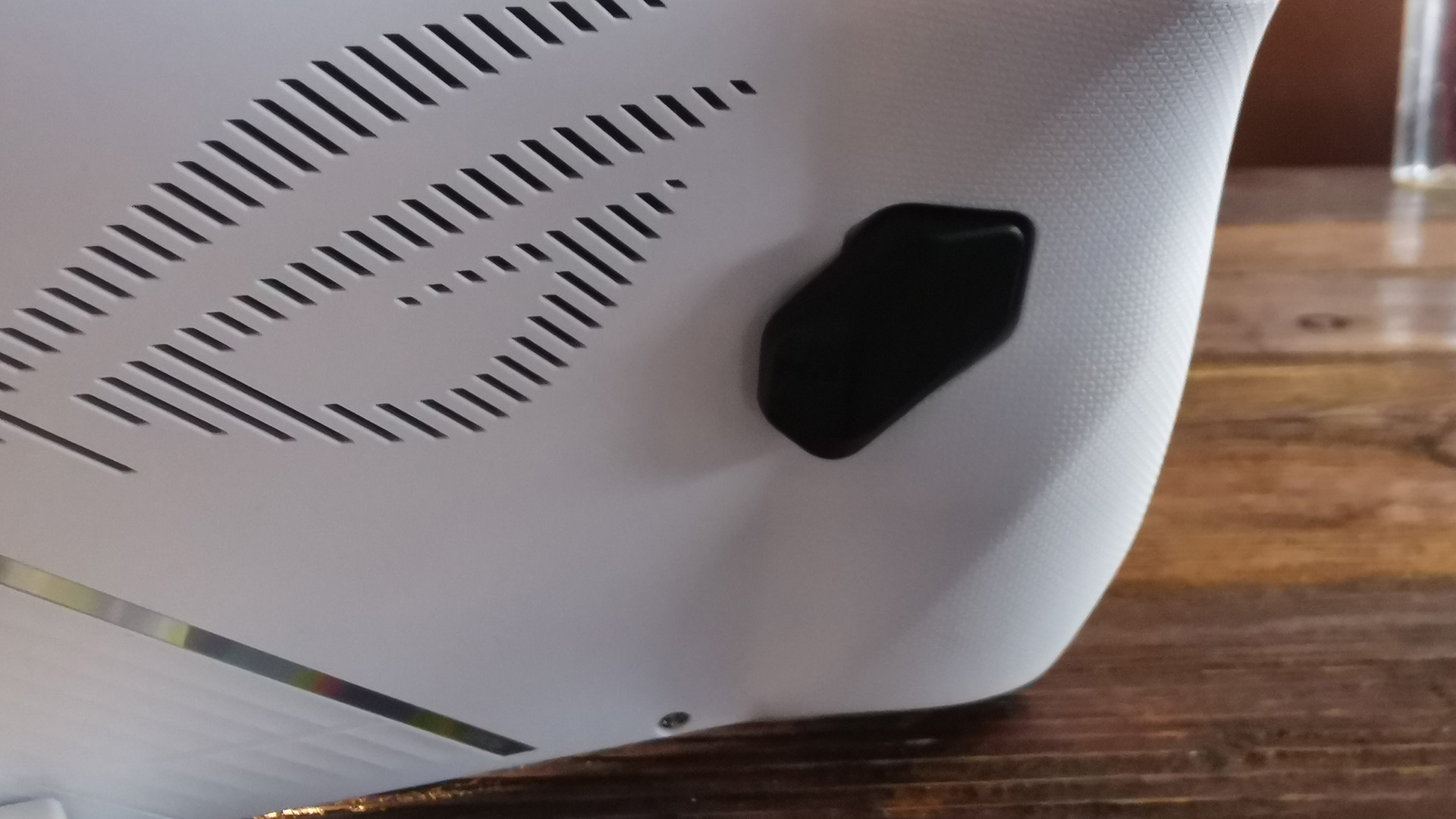
I have no idea what the actual performance of a Ryzen Z1 compares to and I’m looking forward to benchmarking it. But it had no trouble running Halo Infinite. The device makes good use of AMD’s FidelityFX Super Resolution upscaling to increase game performance. I’m a little concerned about the 16GB of RAM, as it seems that this is shared with the GPU. 16GB or GDDR memory is pretty standard for a modern GPU, but I’d expect a PC to have at least 16GB of system memory as well. Unless there’s some dark magic going on, I’m apprehensive about just what the ROG Ally’s long-term capabilities are.
But, thank goodness that the rather paltry 512GB SSD is upgradable.
With the above in mind, it is a bit unfair to compare the ROG Ally to a desktop gaming PC.
Like gaming laptops, there are some compromises to be made for the luxury of portable gaming. Putting technical specs aside, the Ally is a rather spectacularly designed device. The device feels great in your hands the grips moulded like that of a game controller. There are two shoulder buttons on each side with triggers underneath. The seven-inch screen fills the centre of the device, flanked on both sides by the familiar thumbsticks, D-pad, and XYAB buttons you’ll find on an Xbox controller. There are also four menu/system buttons positioned on either side of the screen. The power button on the top is also a fingerprint reader compatible with Windows Hello.
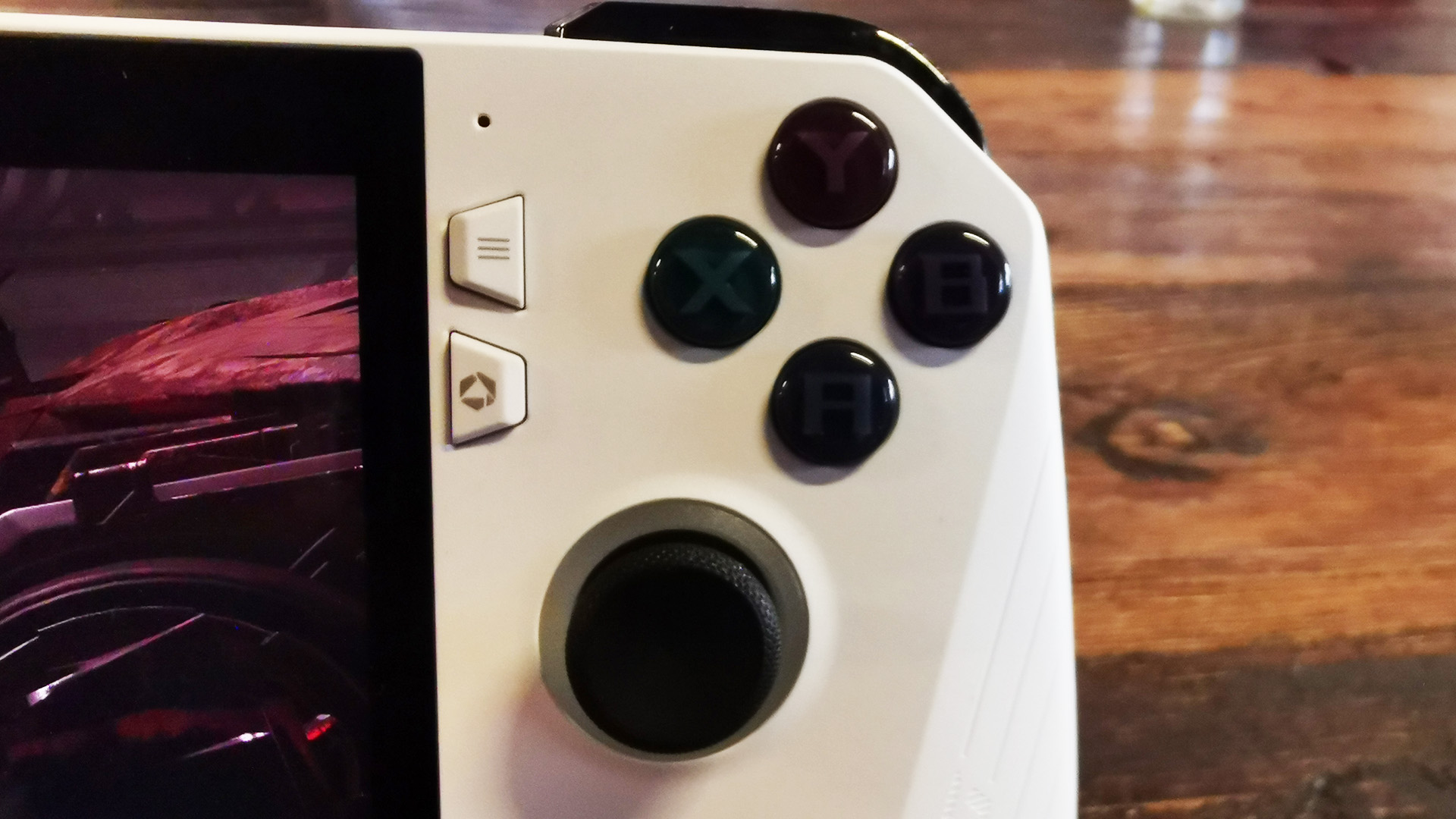
It’s worth remembering that as a Windows 11-based device this is effectively a Microsoft portable gaming console. In theory, if it runs on a PC, it should run on the ROG Ally, which opens up all sorts of uses. To make the experience a bit more user-friendly, ASUS have overlaid Windows 11 with a special version of their ROG Armory Crate application. This will likely be particularly useful if you find using the Windows desktop a bit challenging on a 7-inch screen.
The device is loaded with all the main PC gaming clients such as Steam, Epic, Ubisoft Connect, the EA app, and GOG Galaxy 2.0. The device comes with a 3-month subscription to Microsoft Game Pass Ultimate unlocking hundreds of games via the included Game Pass app.
Not only can you download and play games from the Game Pass, but you can also stream games from Microsoft’s cloud gaming. This means instant access to many games regardless of their hardware performance requirements. I tested Forza Horizon 5 which worked well. As with all cloud gaming, your experience is very much dependent on your network and Internet connection.
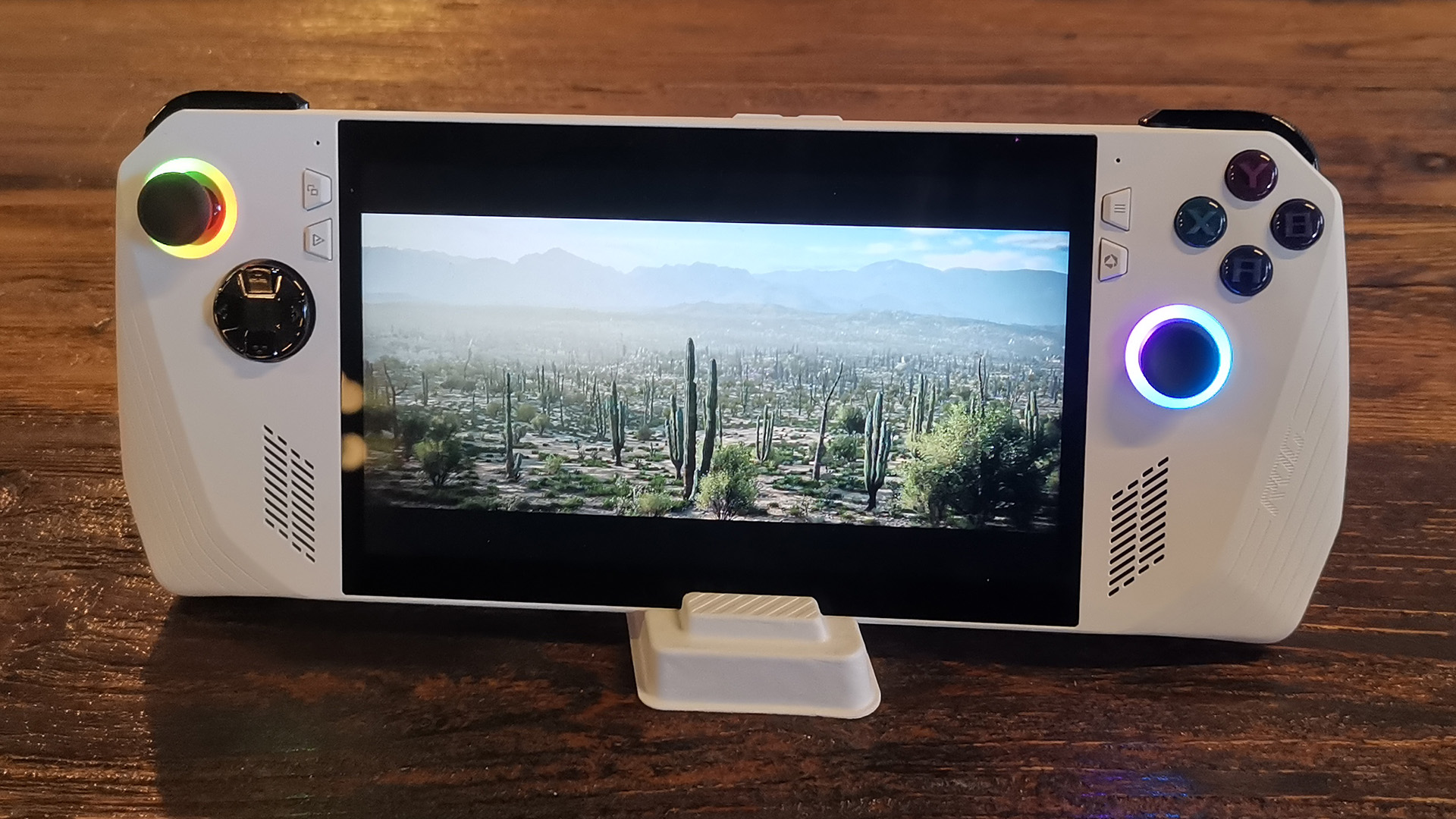
The demo unit had a limited number of games installed so, as I mentioned above, I selected to play Halo Infinite, a game that I’m very familiar with. Performance-wise, the game looked great. The thumbsticks did feel a bit weird, but I think that is more to do with them being different from the Xbox controller that I’m used to. I also played Halo Infinite on the ROG Ally via the upcoming hub adapter plugged into a large TV / monitor. Using an Xbox controller, the game performance seemed at least on par with that of an Xbox Series S, if not an Xbox Series X. Quite impressive for a device that fits in your pocket.
At first, the AUD$1,299 / NZ$1,499 price tag made me gasp.
If the PS5 and Xbox Series X were not expensive enough, that’s a lot of money to drop on a tiny game console. But then I thought, realistically, what are you going to pay for a decent gaming PC?
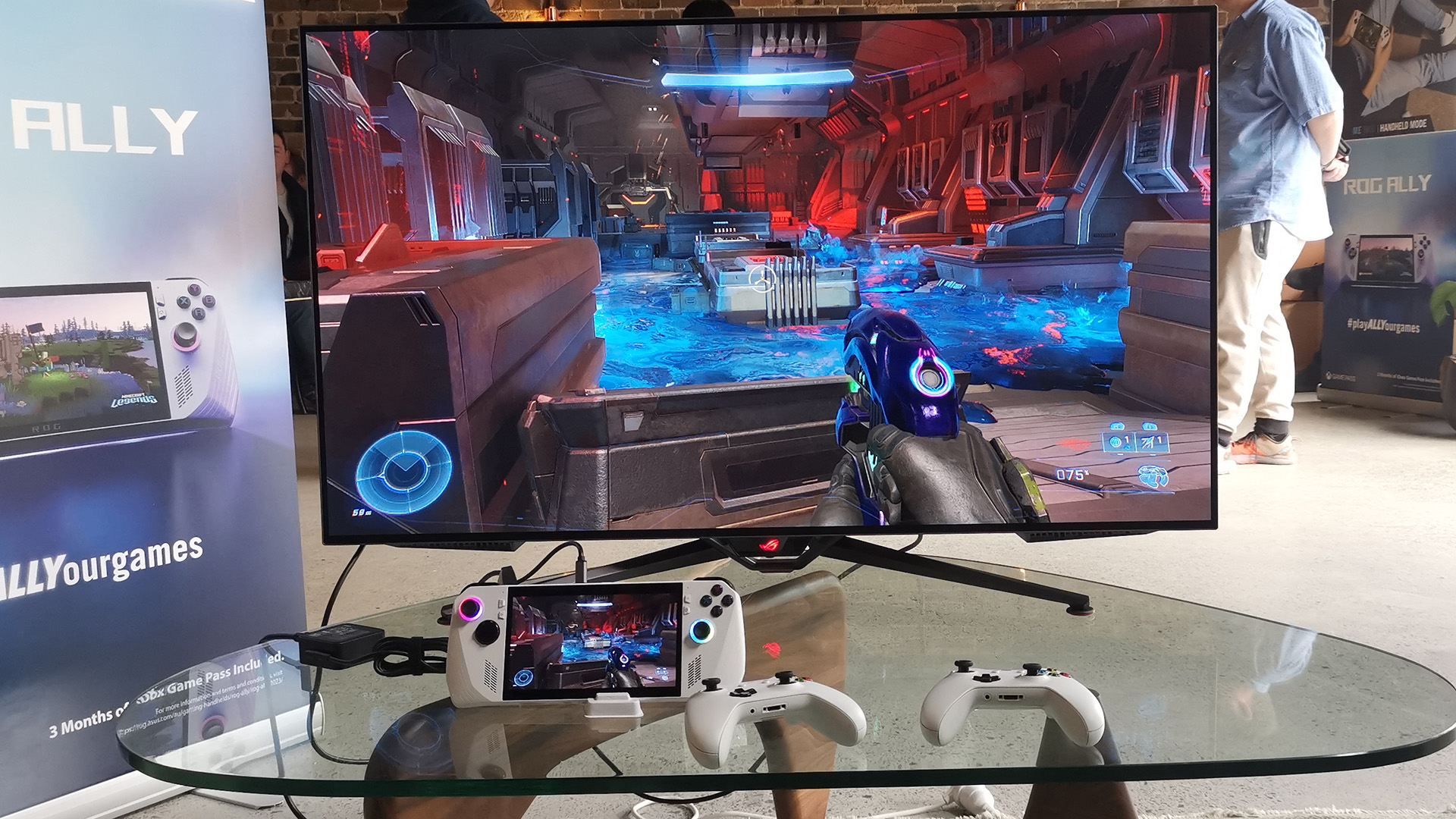
You are not going to get much south of two grand and for a gaming laptop, you can add on another grand. The ROG Ally isn’t just a handheld gaming console, it is also probably the cheapest way to realistically play AAA PC games. Asus has stated that it is working with major game publishers to ensure that gamers get the very best experience with the ROG Ally.
There’s no doubt that the ROG Ally is a great-looking device and it performed very well during my short time with it. There are still a lot of blanks, however, that can only be filled with a good review / test and some benchmarking. I’d like to see where the Ally lands compared to a gaming desktop and a gaming laptop as well as how far I can push it, as not just a handheld gaming device but also a handheld PC.
The ASUS ROG Ally is available for pre-order now in Australia and New Zealand from JB Hi-Fi and PBTech (NZ only) and released on 13th June 2023.

